Indoor plants have long been cherished for bringing a touch of nature into the confines of our homes. Interestingly, one of the most pivotal aspects of indoor gardening is ensuring proper drainage for plant pots. Traditionally, a simple hole in the bottom of a pot sufficed, but nowadays, innovative drainage solutions are flourishing. Regardless of the method, providing adequate drainage is crucial for mimicking natural growing conditions and promoting healthy plant growth. While some might envision this aspect as tedious and technical, in practice, crafting these drainage solutions is creative and engaging--and is experiencing significant popularity among plant enthusiasts. Elevate your indoor gardening with the following drainage ideas to keep your plants thriving effortlessly.
Drainage hole placement strategy. Integrate pots with drainage holes at the bottom to prevent root rot. Source
Decorative plant pot with drainage holes. Proper drainage is essential to prevent root rot and ensure healthy plant growth. Source
Porous stone plant pot design. Ensuring adequate drainage holes will prevent root rot and promote healthy plant growth. Source
Mesh pot with drainage holes: Using pots with mesh bases allows excess water to drain freely while retaining soil. This prevents root rot and promotes healthier indoor plants. Source
Drainage hole planter. Adding a drainage hole in the bottom of the pot can prevent overwatering and allow excess moisture to escape, promoting healthier plant growth. Source
Plant pot saucers with drainage holes. This setup prevents water accumulation and helps maintain healthy soil moisture levels. Source
Plant pot drainage solutions like saucers or self-watering pots can prevent excess water buildup. This helps maintain healthy roots and prevents overwatering issues. Source
Decorative plant pot with drainage holes. Ensuring proper drainage prevents overwatering and promotes healthy root growth. Source
Drainage holes in decorative plant pots. Proper drainage is essential to prevent water accumulation and root rot in indoor plants. Source
Drainage holes in plant pots. Ensuring proper drainage can prevent root rot and promote healthy plant growth. Source
Drainage trays for indoor plant pots. Proper drainage prevents root rot and keeps plants healthy. Source
Decorative drainage system for large planter pots. Incorporating rocks and mesh screens at the bottom can enhance drainage, preventing root rot and promoting healthy plant growth. Source
Decorative pot with drainage holes. Ensuring proper drainage prevents overwatering and promotes healthy plant growth. Source
Plant pot drainage solutions. Incorporating pots with drainage holes and saucers will help prevent overwatering and root rot, ensuring healthier plants. Source
Drainage hole pots. Adding drainage holes to the bottom of plant pots helps prevent water accumulation, which can lead to root rot. Source
Drainage holes in plant pots. Proper drainage prevents root rot by allowing excess water to escape, promoting healthier plants. Source
Drainage holes in indoor plant pots. Ensuring proper drainage prevents root rot and promotes healthy plant growth. Source
Drainage holes in plant pots. Proper drainage prevents root rot and keeps indoor plants healthy. Source
Drainage holes in plant pots. Ensuring pots have drainage holes prevents water from accumulating, which helps maintain healthy roots and prevents overwatering. Source
Decorative pot with drainage holes: Incorporate a pot with built-in drainage to prevent water accumulation and root rot, ensuring the health of your indoor plant. Source
Decorative pot with drainage holes. Ensuring proper drainage prevents root rot and promotes healthy plant growth. Source
Drainage holes in large outdoor plant pots. This allows excess water to escape, preventing root rot and promoting healthy plant growth. Source
Drainage holes in decorative plant pots enhance plant health by preventing waterlogging, ensuring proper airflow and moisture balance for the roots. Source
Planter pot with drainage holes. Proper drainage prevents waterlogging, ensuring healthier plants. Source
Drainage holes in window box planters allow excess water to escape. This prevents overwatering and promotes healthier root systems. Source
Pebble tray setup
Setting up a pebble tray for your indoor plants is super easy and effective. Just grab a shallow dish, fill it with pebbles, and add water so it sits below the surface of the pebbles. This creates humidity around your plants, helping them thrive without needing constant misting!
Dual-pot system
The dual-pot system is a game changer for indoor plants, allowing for better drainage and aeration. It separates the roots from excess water while giving them the moisture they need. Plus, it's super handy for those who forget to water regularly since the outer pot acts as a reservoir.
Built-in drainage holes
Built-in drainage holes are a game changer for indoor plants. They help prevent overwatering, letting excess water escape and keeping roots healthy. No more worrying about soggy soil or root rot, just happy thriving plants!
Self-watering planters
Self-watering planters make taking care of indoor plants super easy. They have a reservoir that holds water, allowing the roots to soak up moisture as needed without over or under-watering. Perfect for those who might forget to water regularly or just want to keep things simple!
Perforated liner insert
Perforated liner inserts are a game changer for indoor plants! They allow for excellent drainage and airflow, boosting root health and preventing overwatering issues. Super easy to use, just drop them in your pots, and you're good to go!
Sphagnum moss layer
Sphagnum moss is great for indoor plants, acting as a natural sponge for moisture. It helps with drainage while keeping the soil nice and humid, perfect for tropical plants. Plus, it can give your pot a cool, textured look that just elevates your plant game.
Coconut coir base
Coconut coir is an awesome base for indoor plants since it holds moisture really well while providing great aeration. It's a sustainable option, too, made from the husks of coconuts, which makes it eco-friendly. Plus, it helps prevent compacting, so your plants' roots can grow freely and thrive!
When it comes to ensuring proper drainage for indoor plant pots, several creative solutions can effectively prevent water logging and promote healthy plant growth. One popular method is using pots with built-in drainage holes, potentially enhanced by adding a layer of pebbles or gravel at the bottom to further facilitate water escape. Alternatively, utilizing self-watering planters or developing a double-pot system, where an inner pot with holes sits inside an outer pot to catch excess water, are practical ideas that help maintain root health and prevent overwatering.

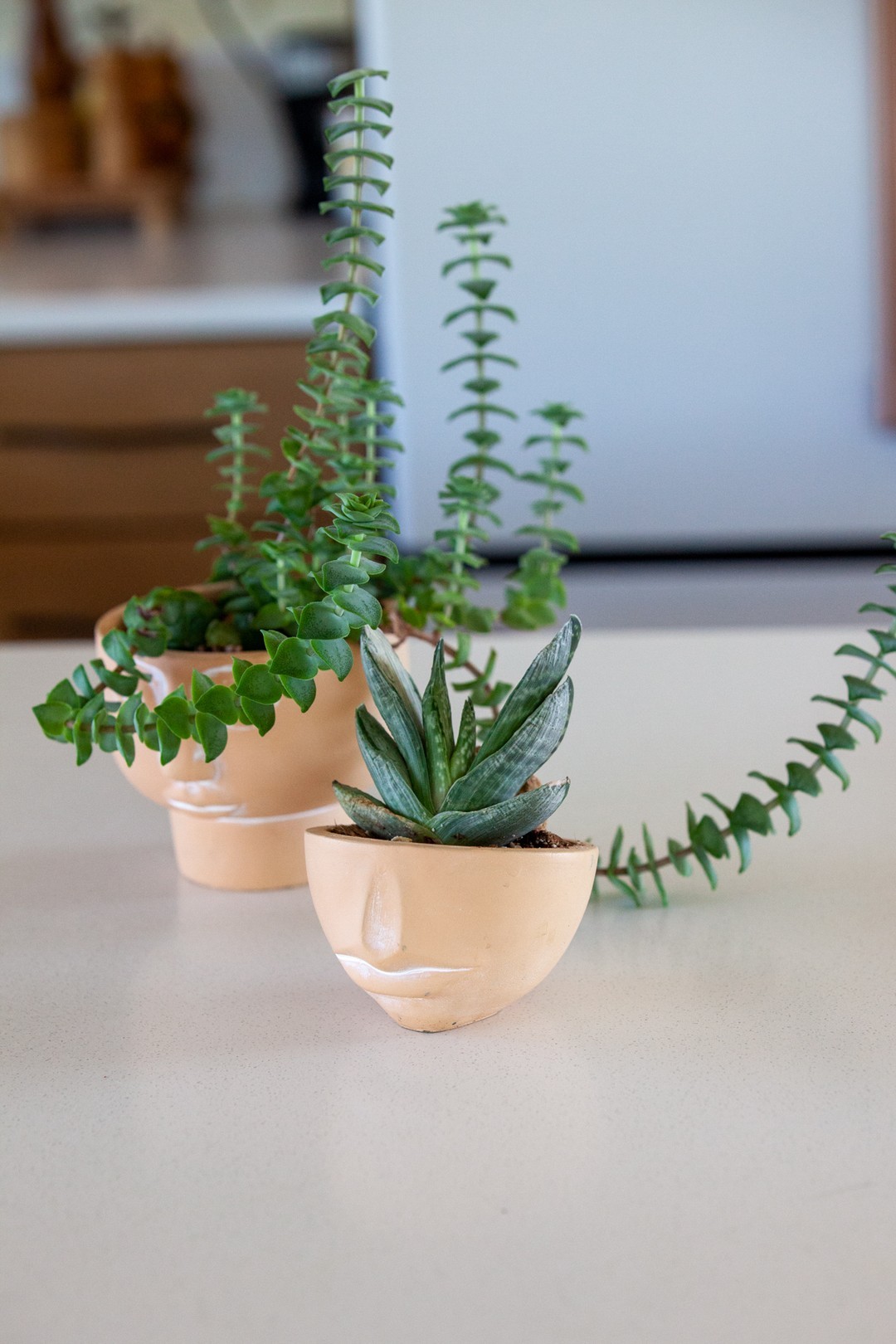
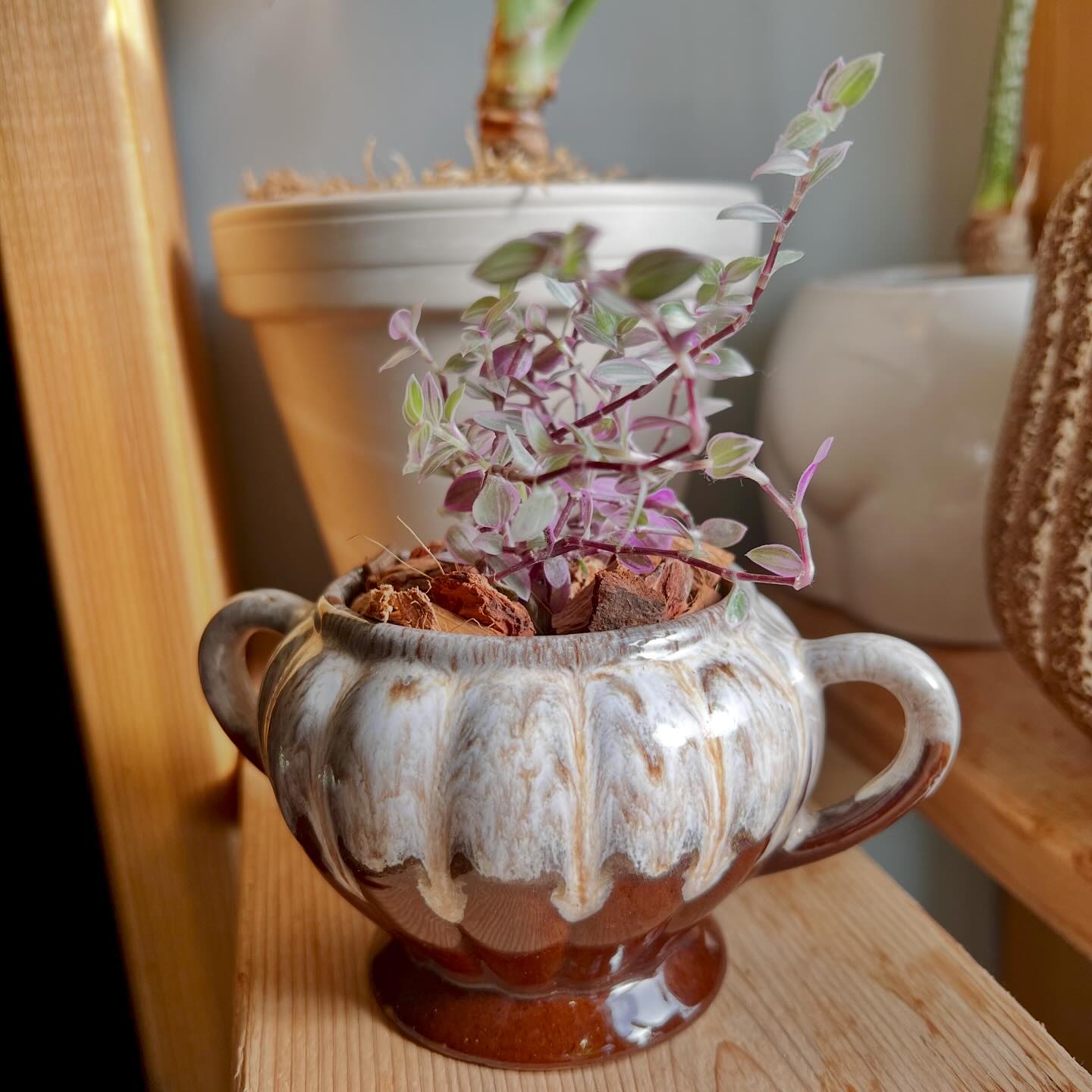
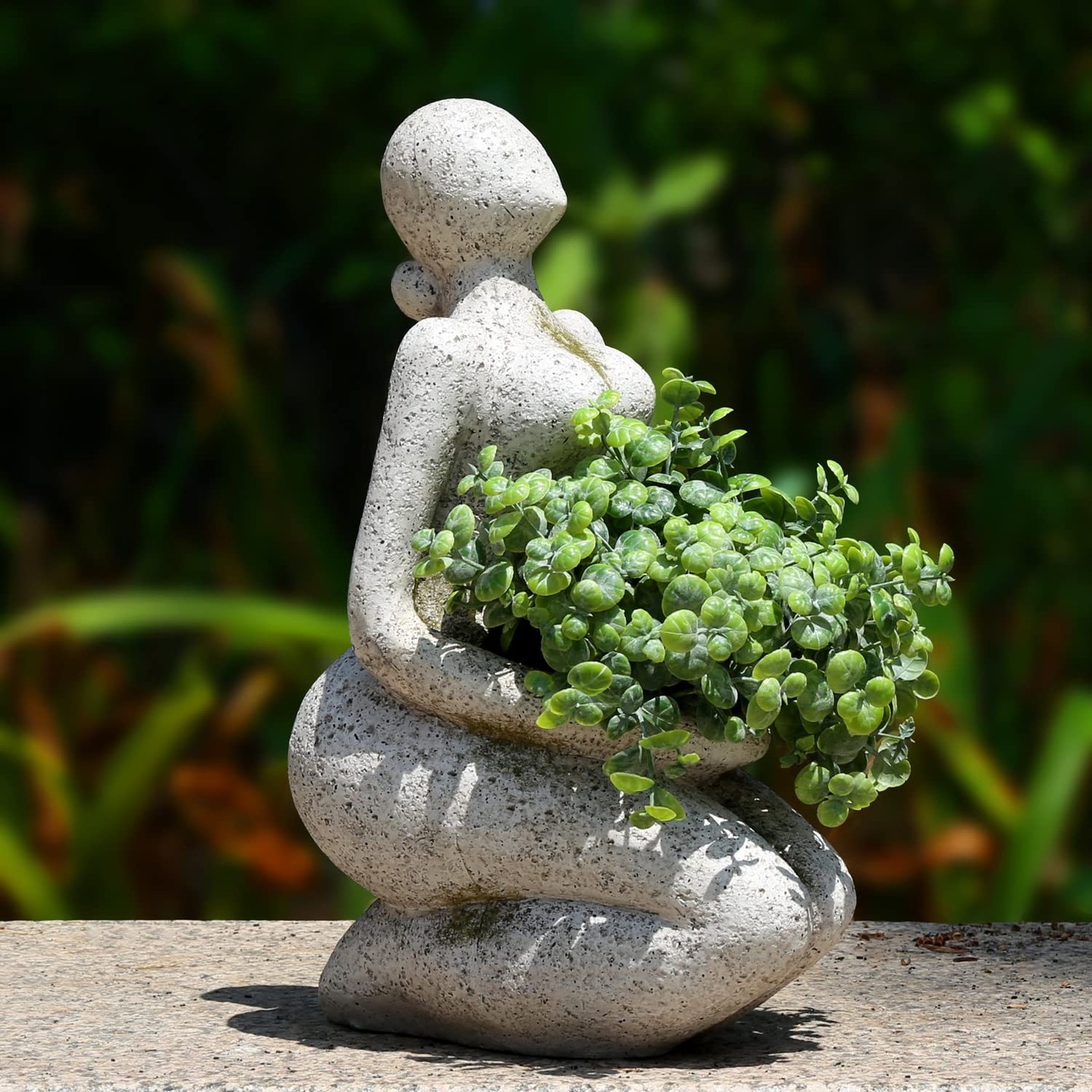
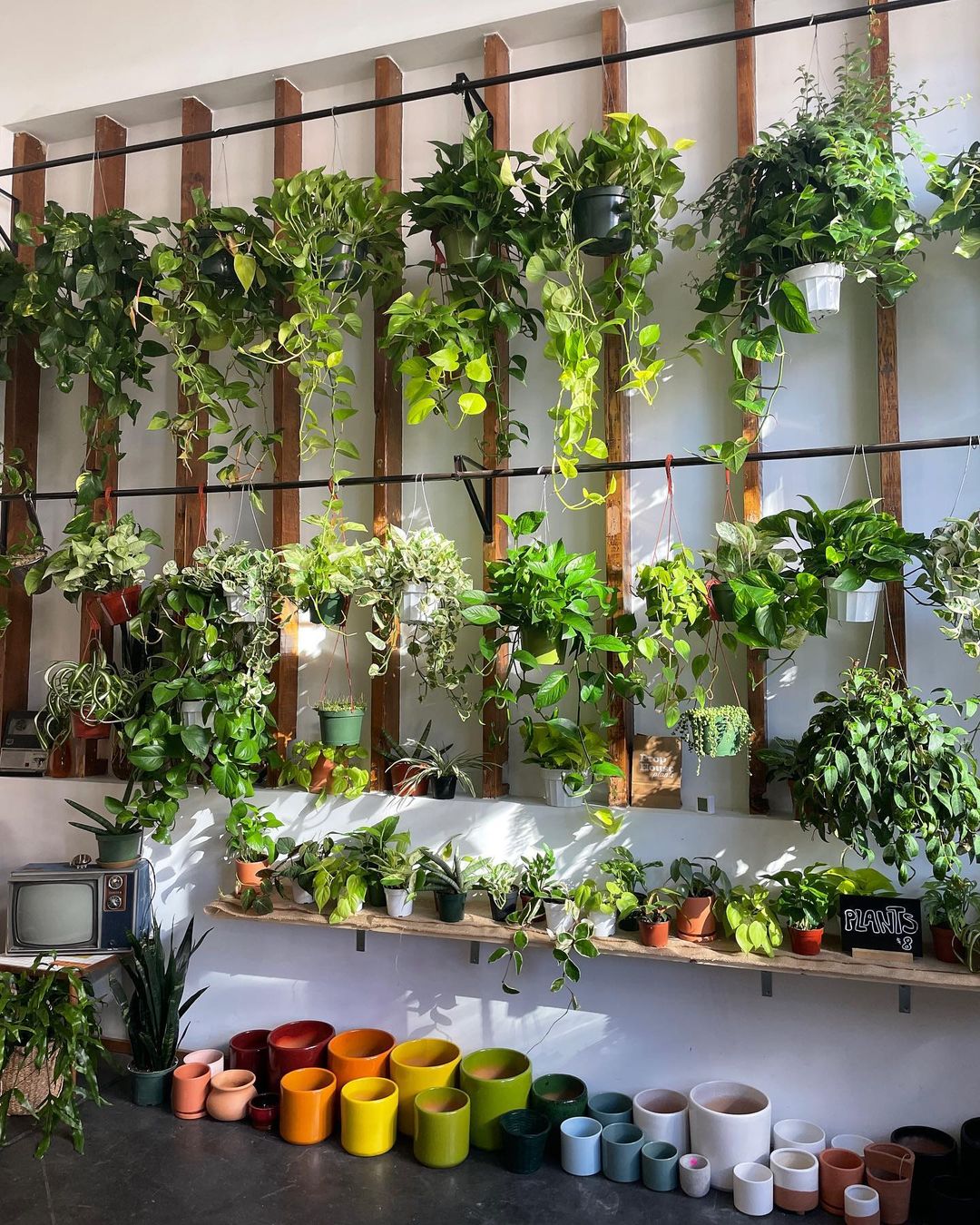
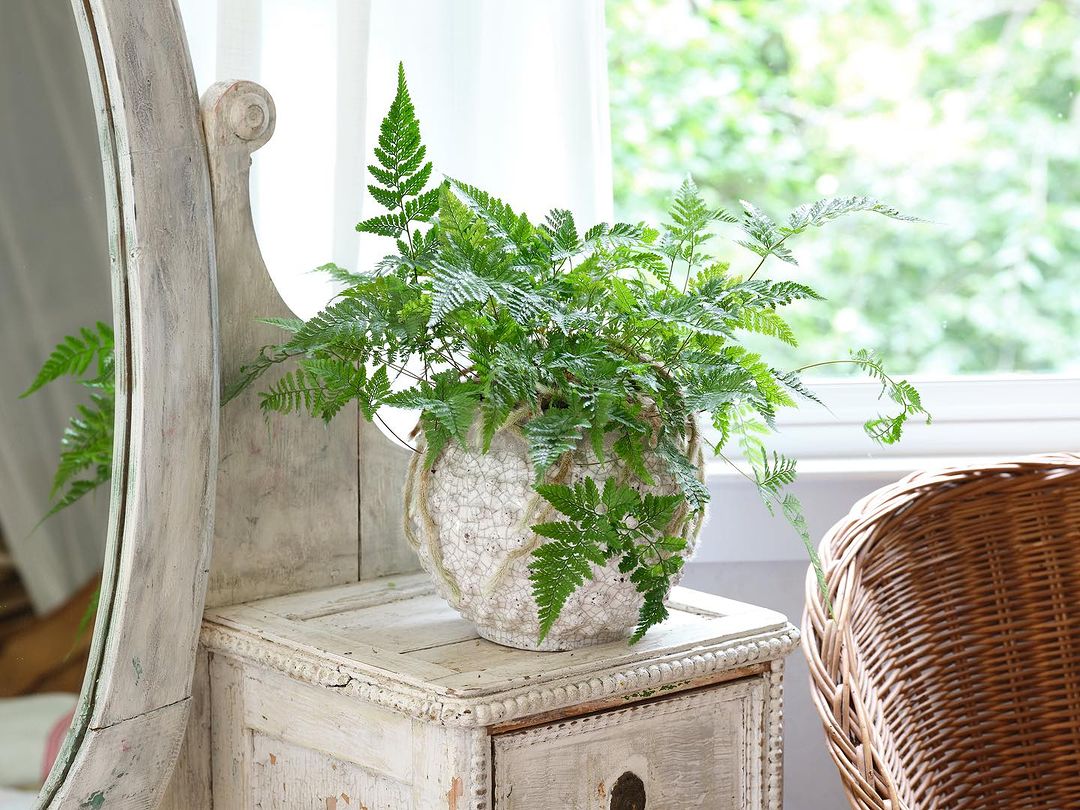
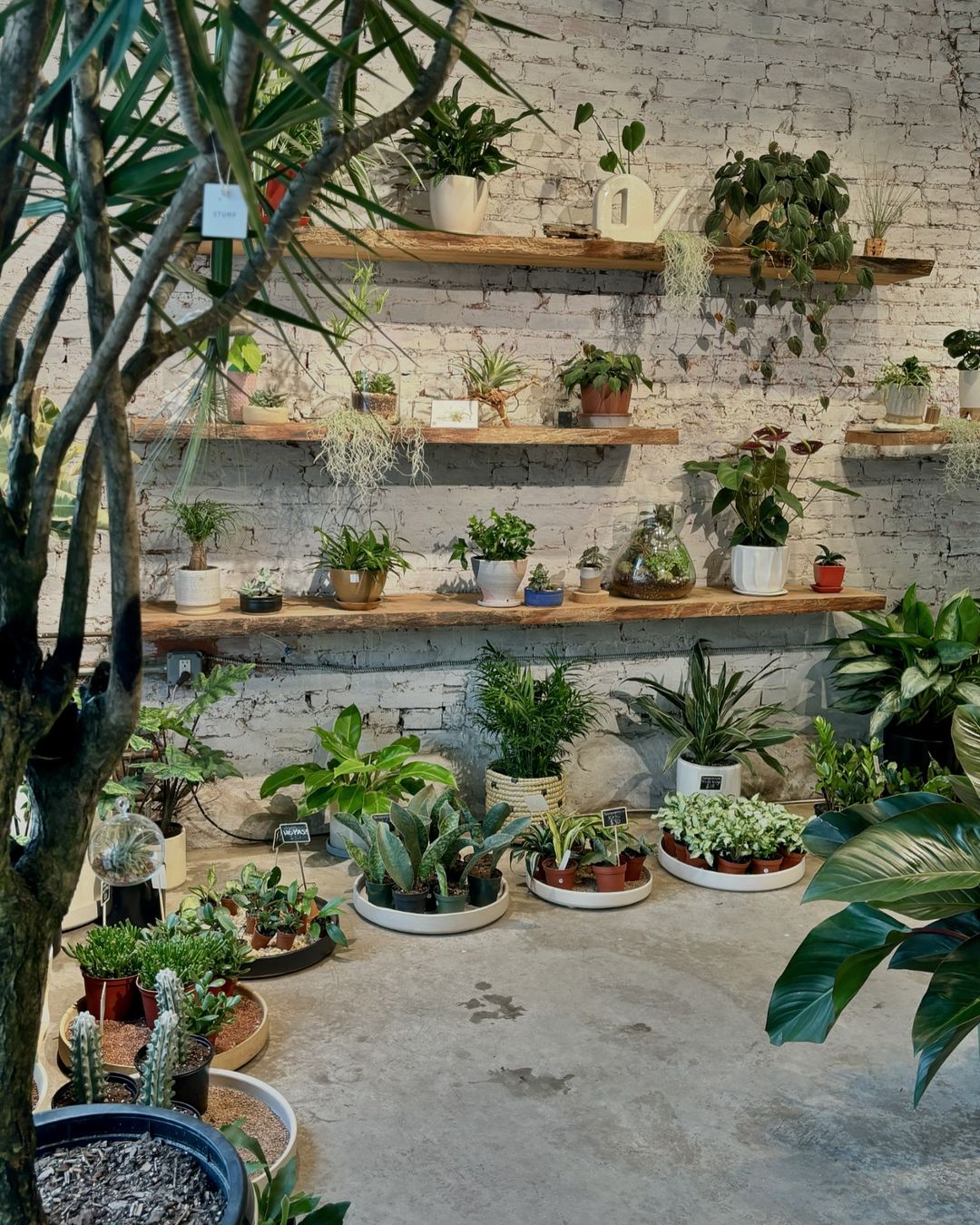
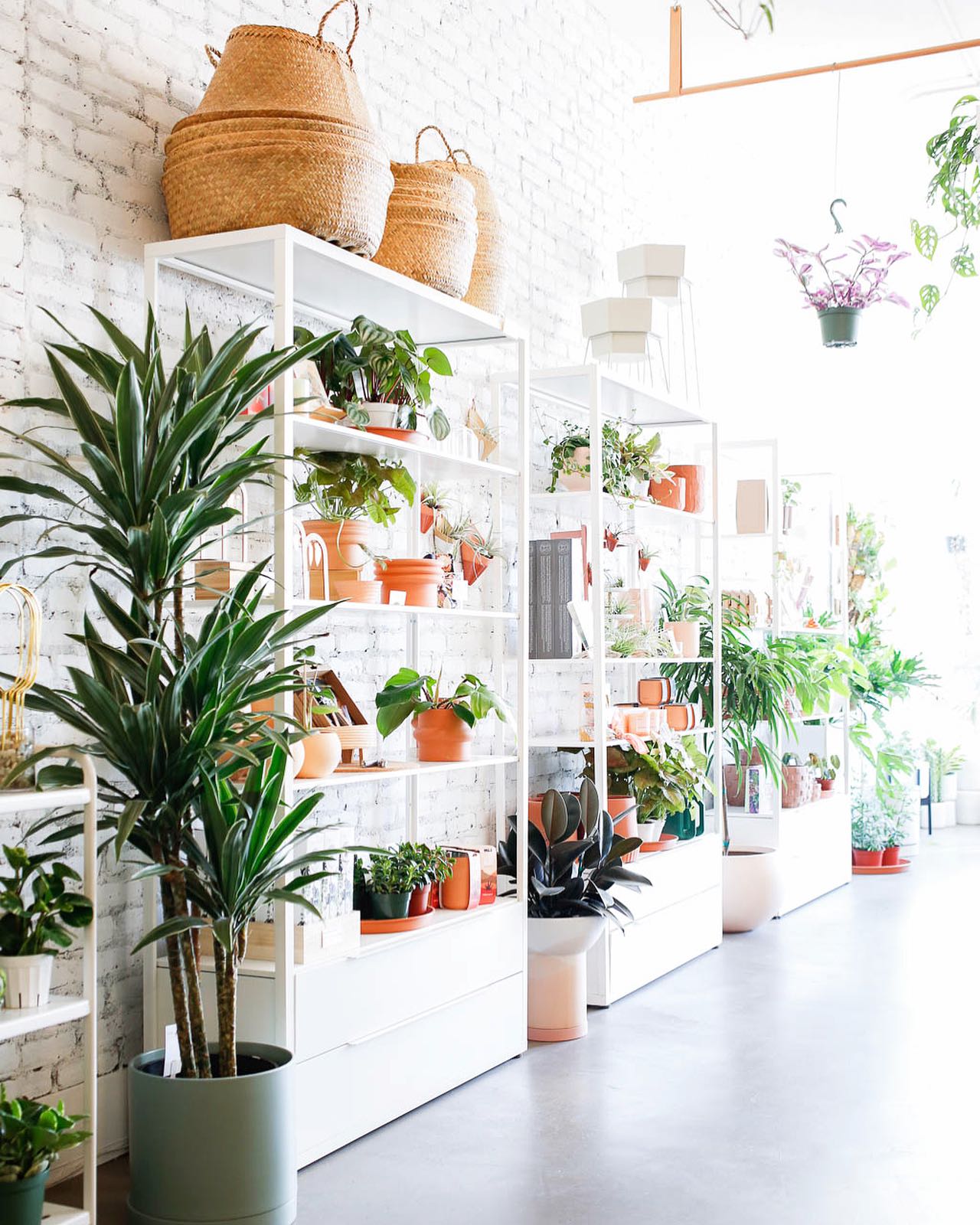
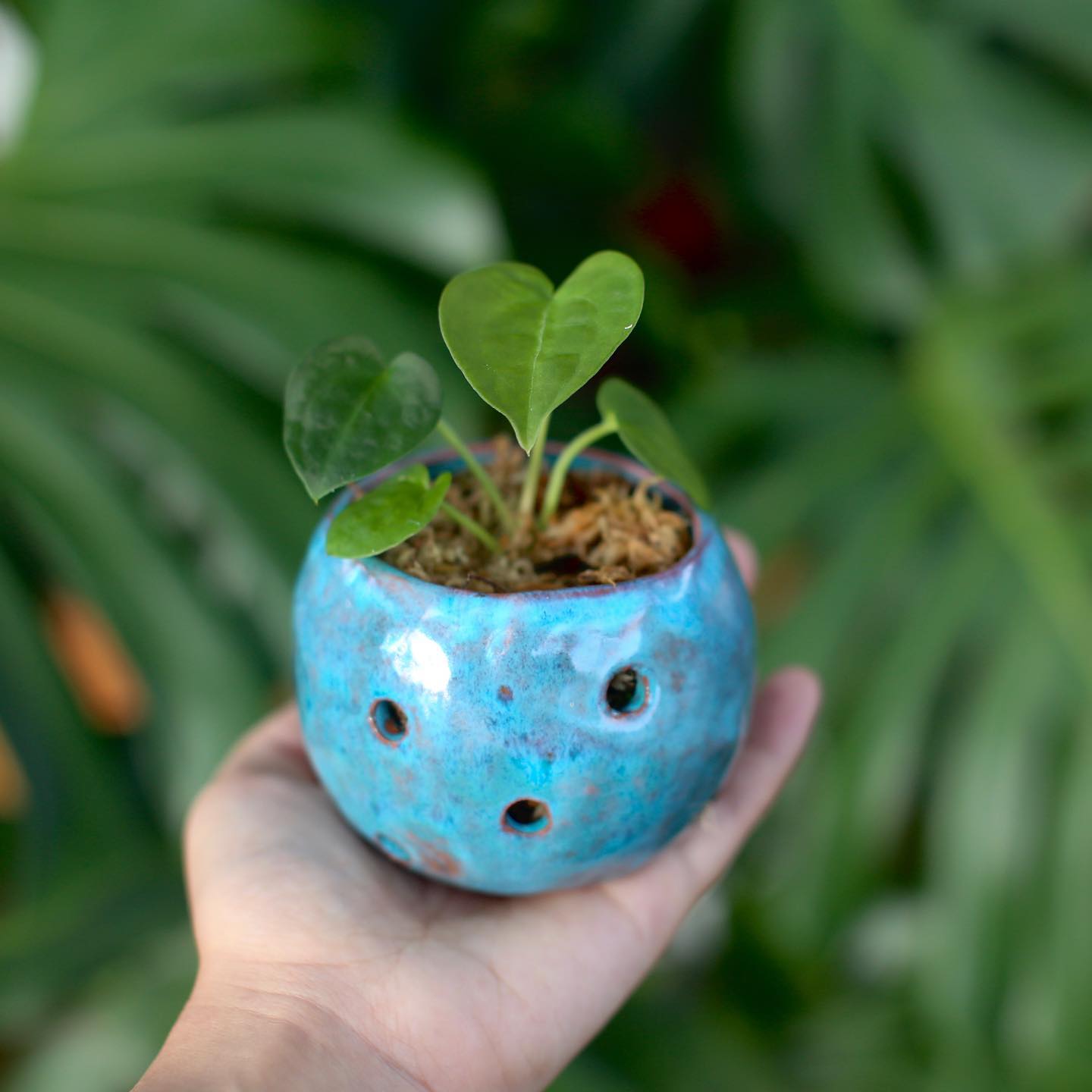
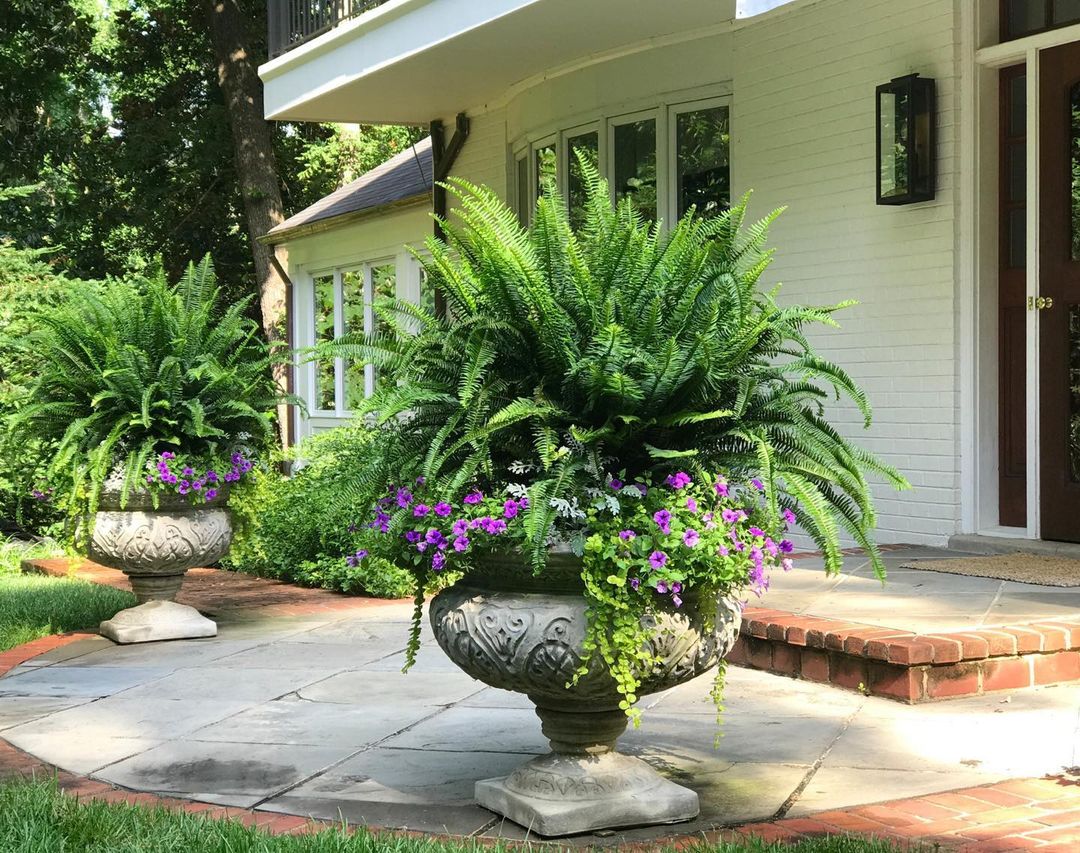
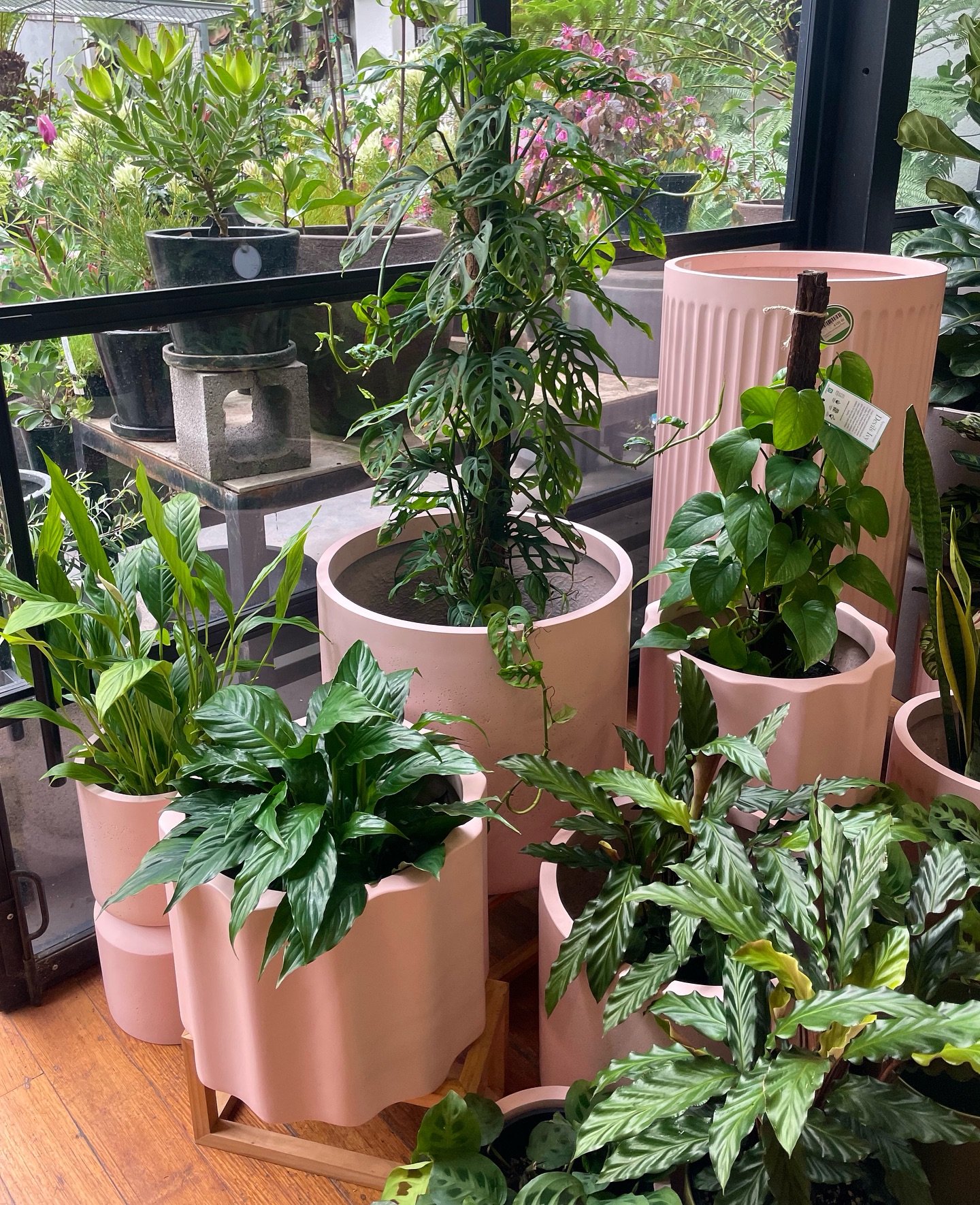
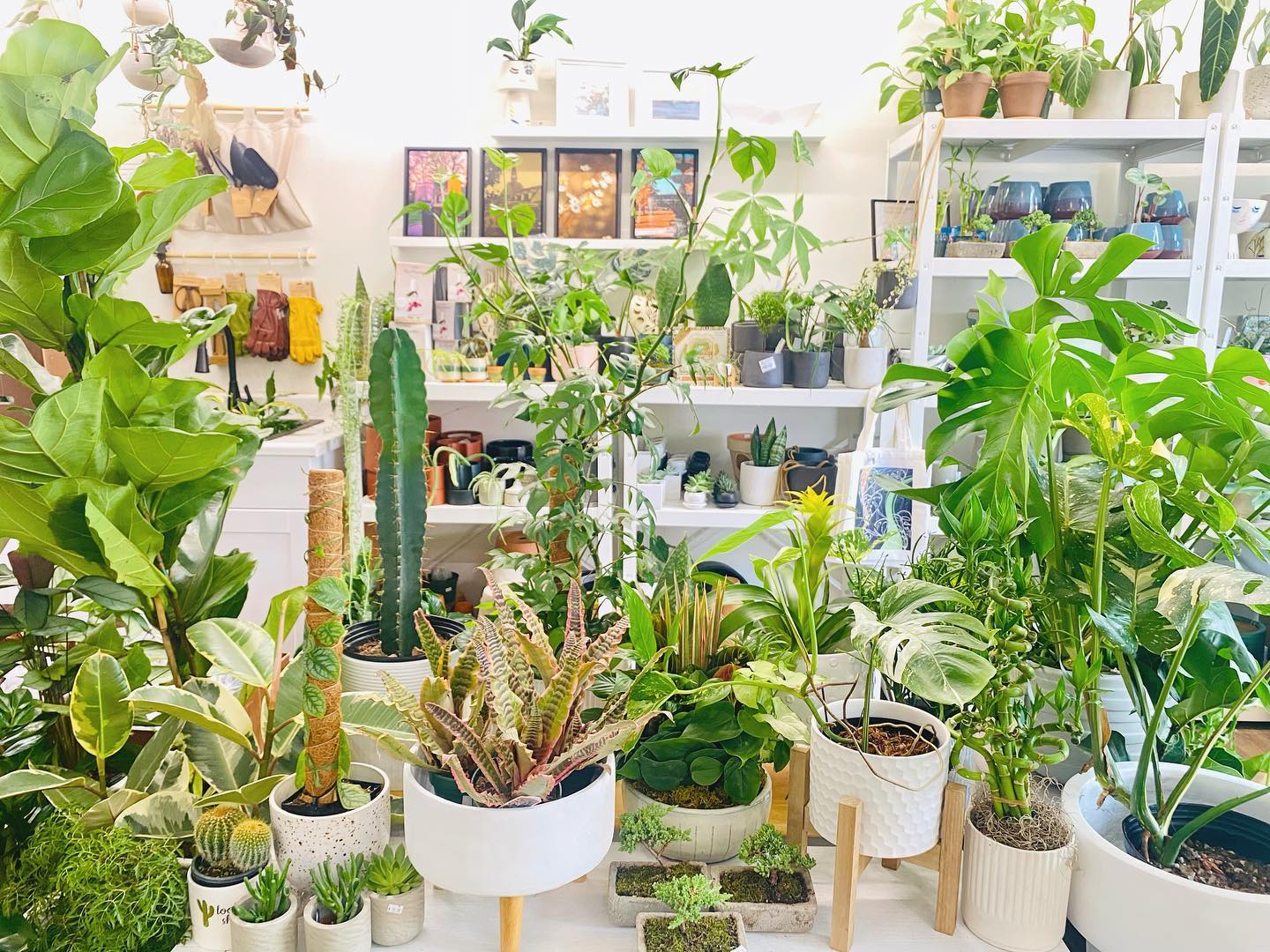
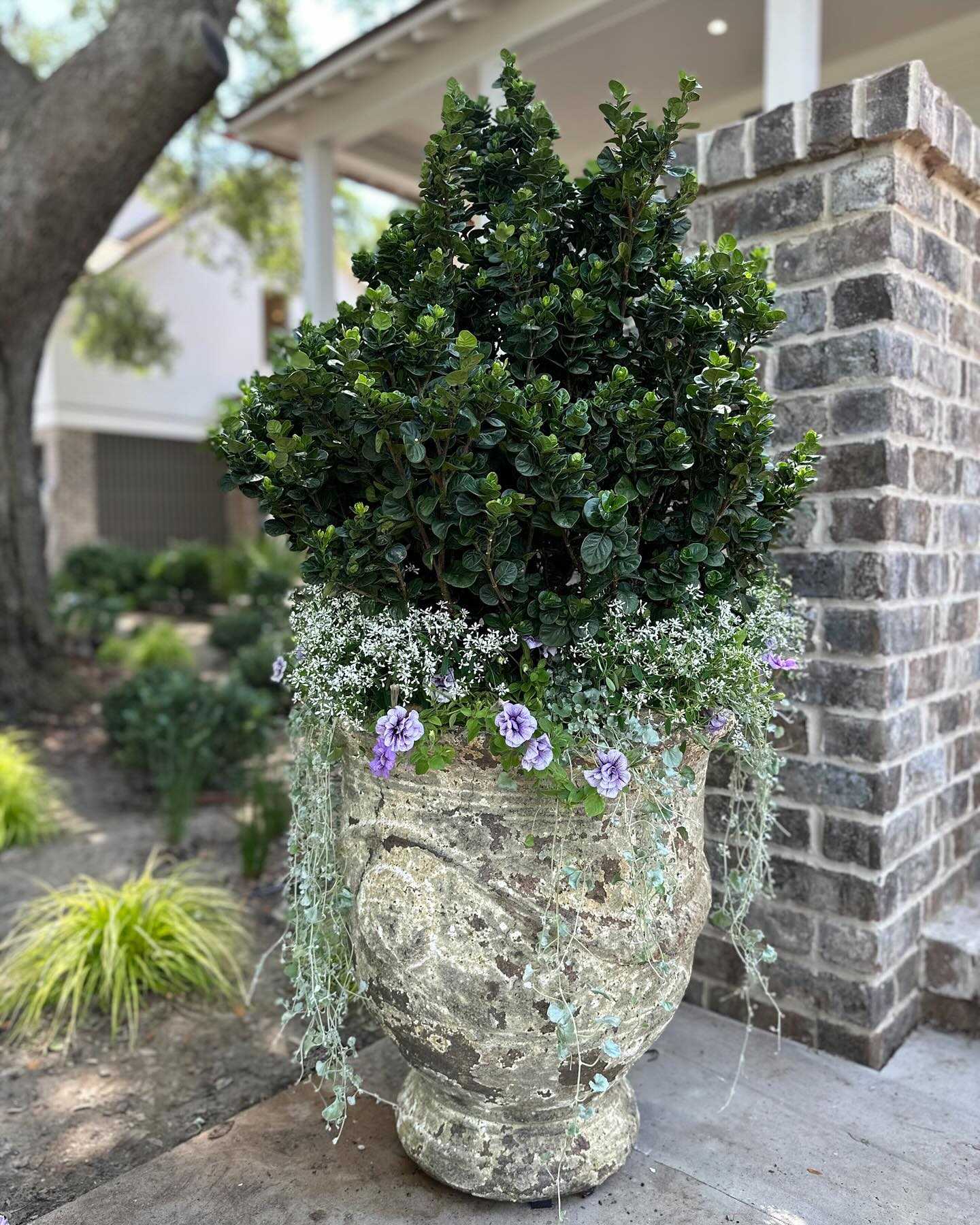
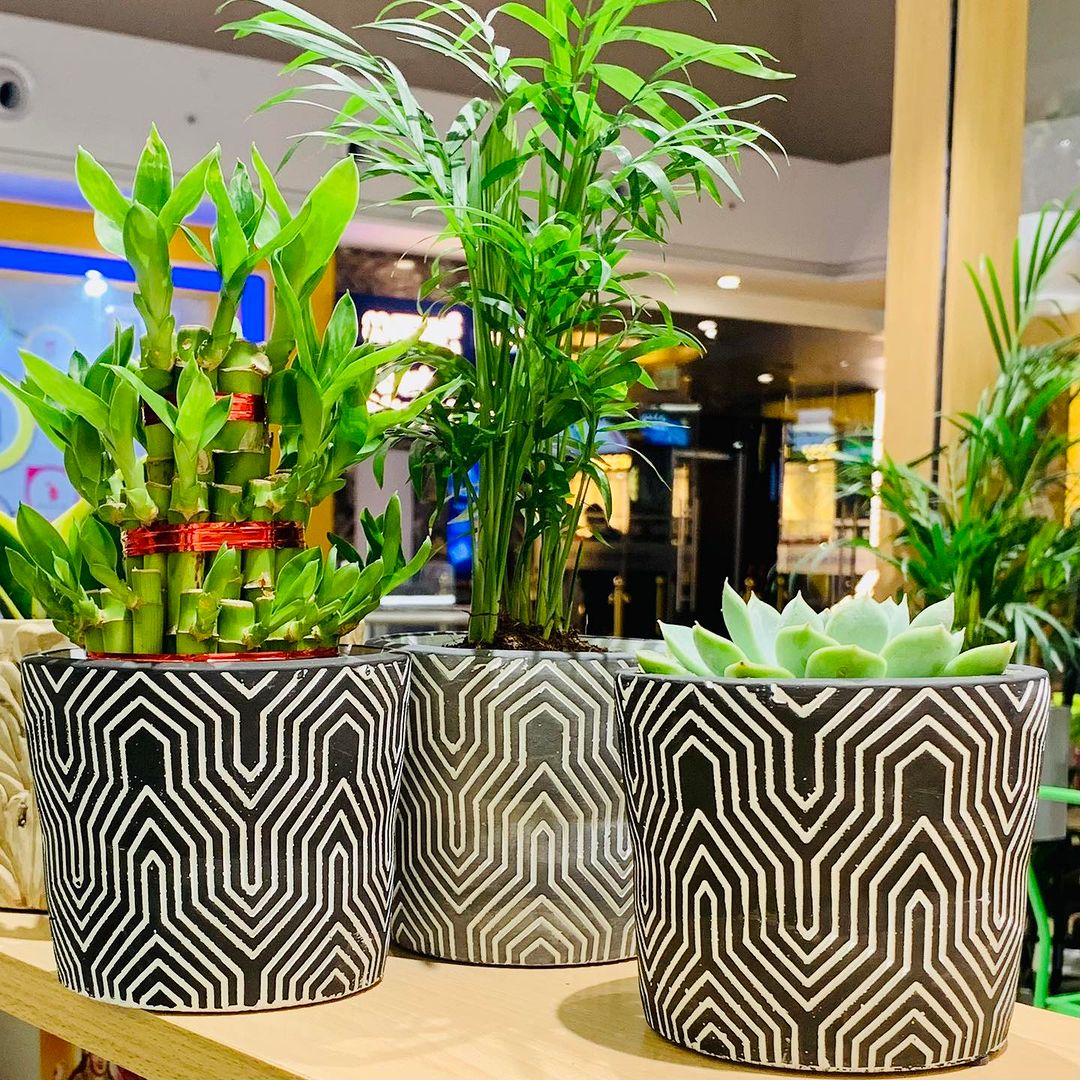
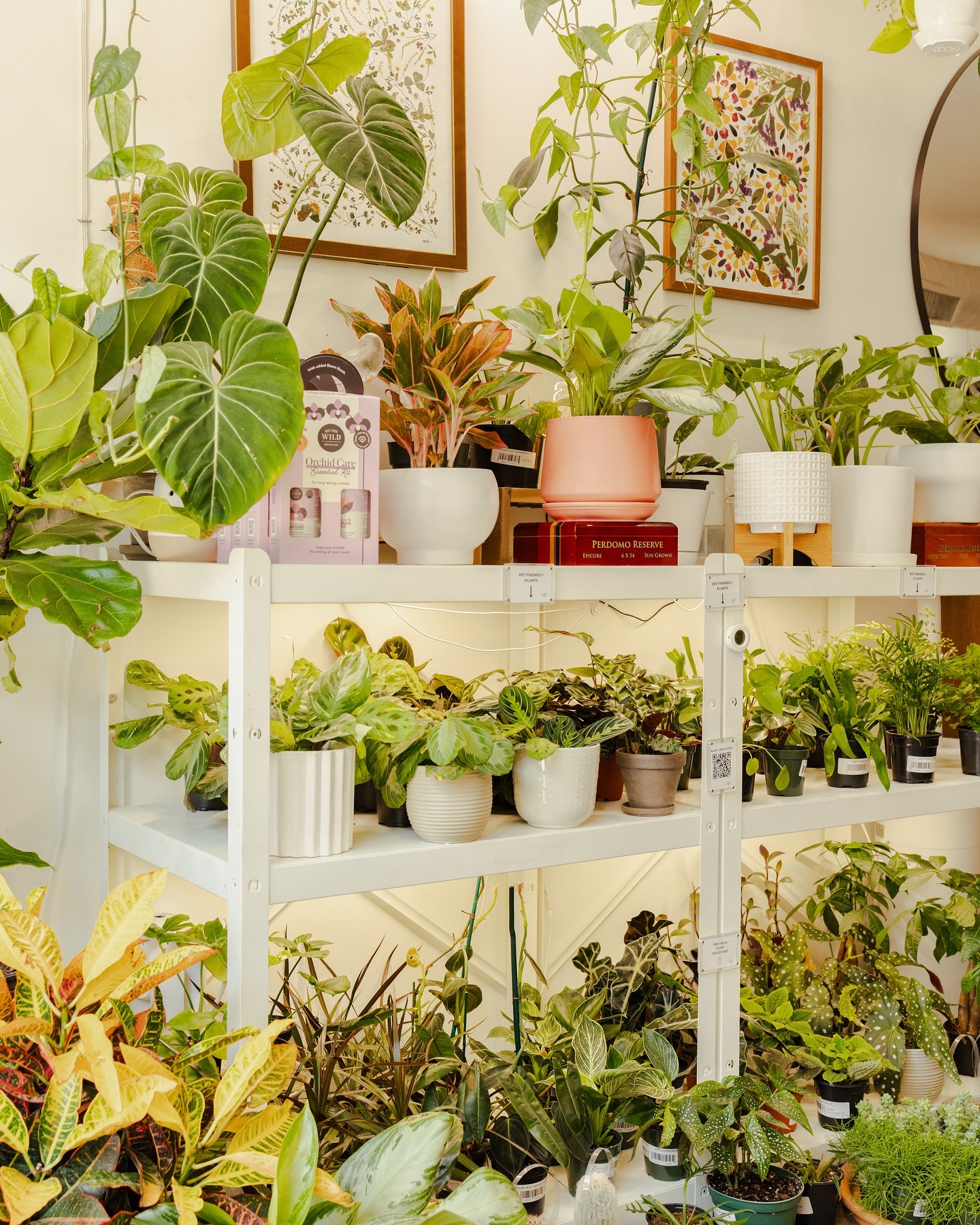
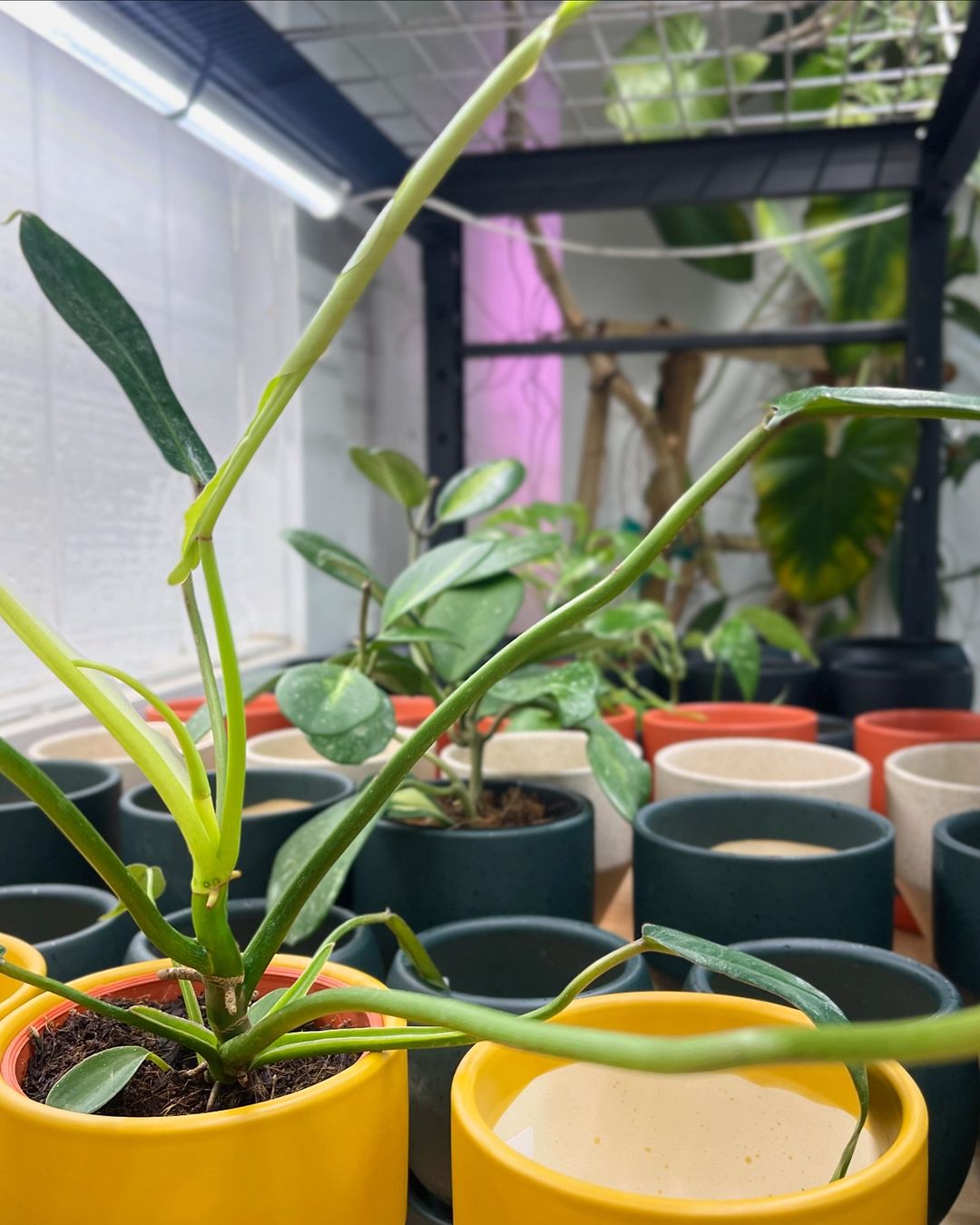
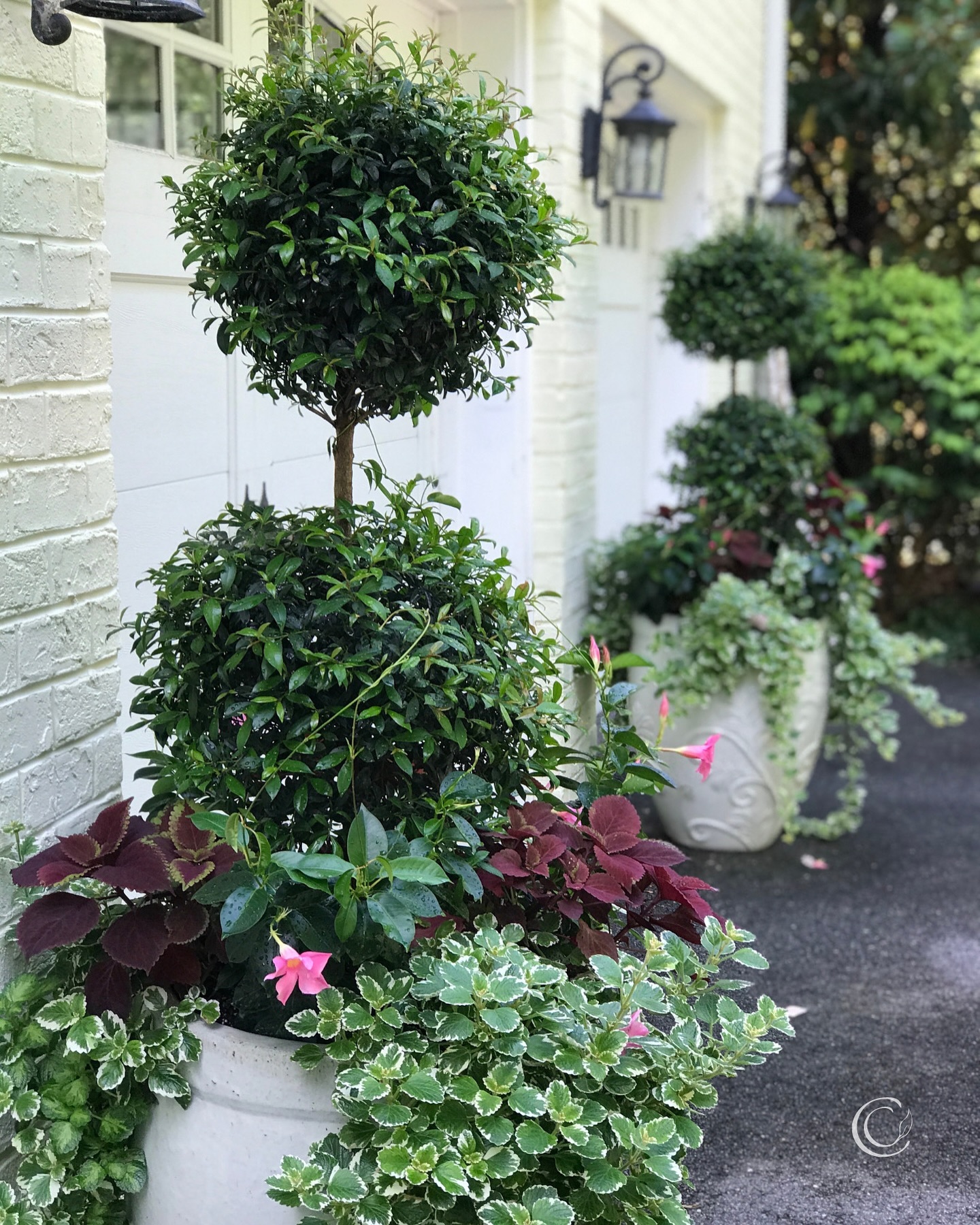
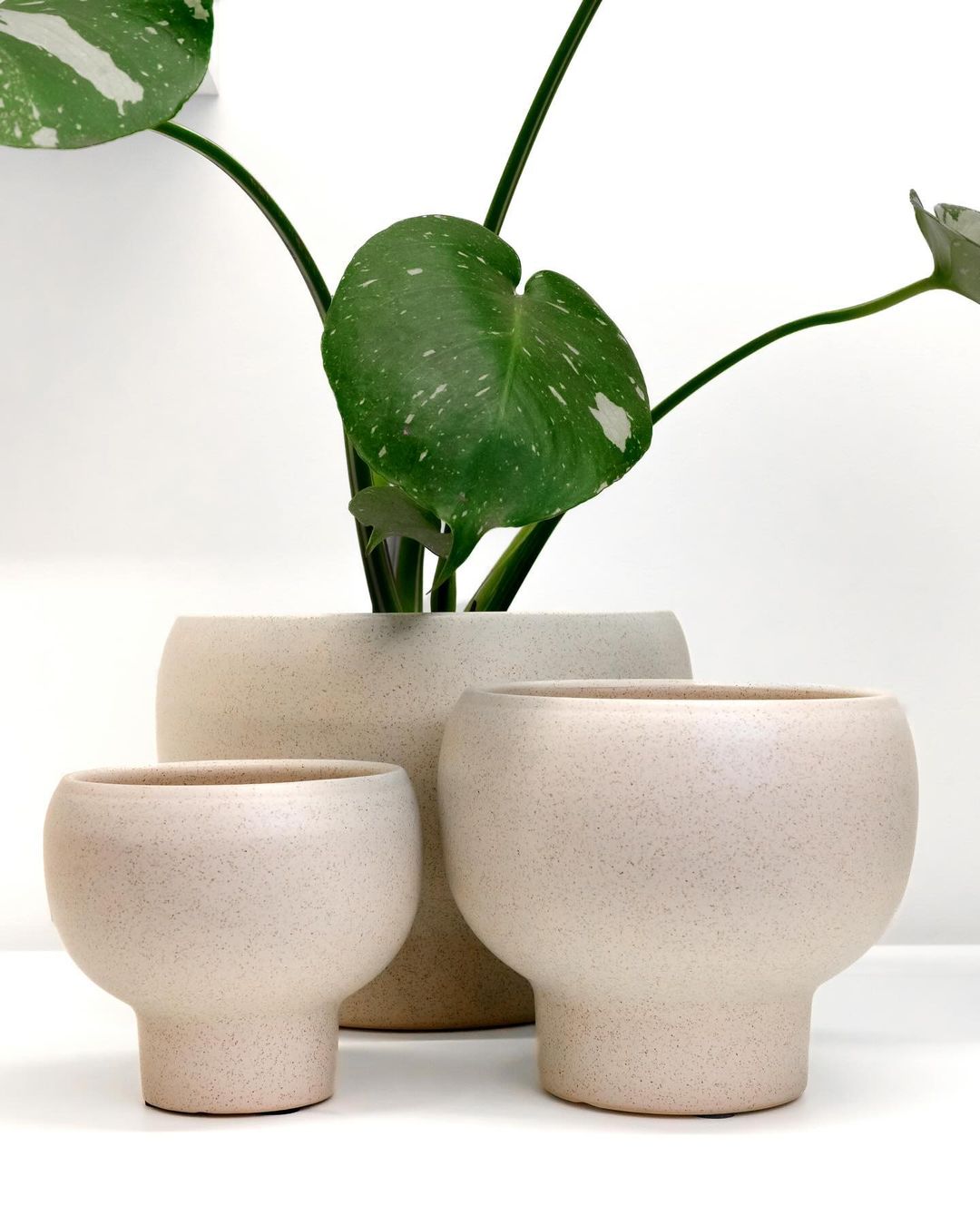
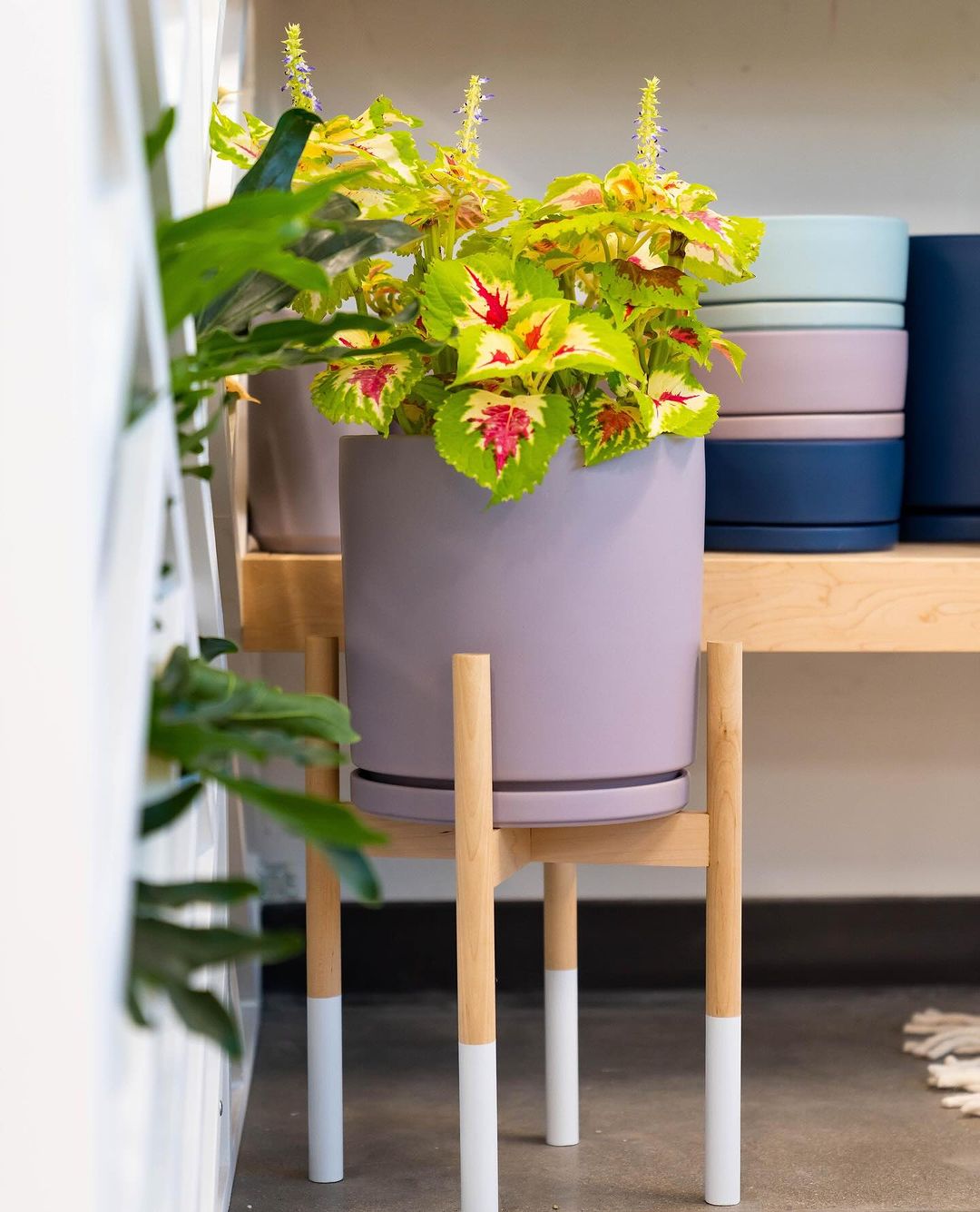
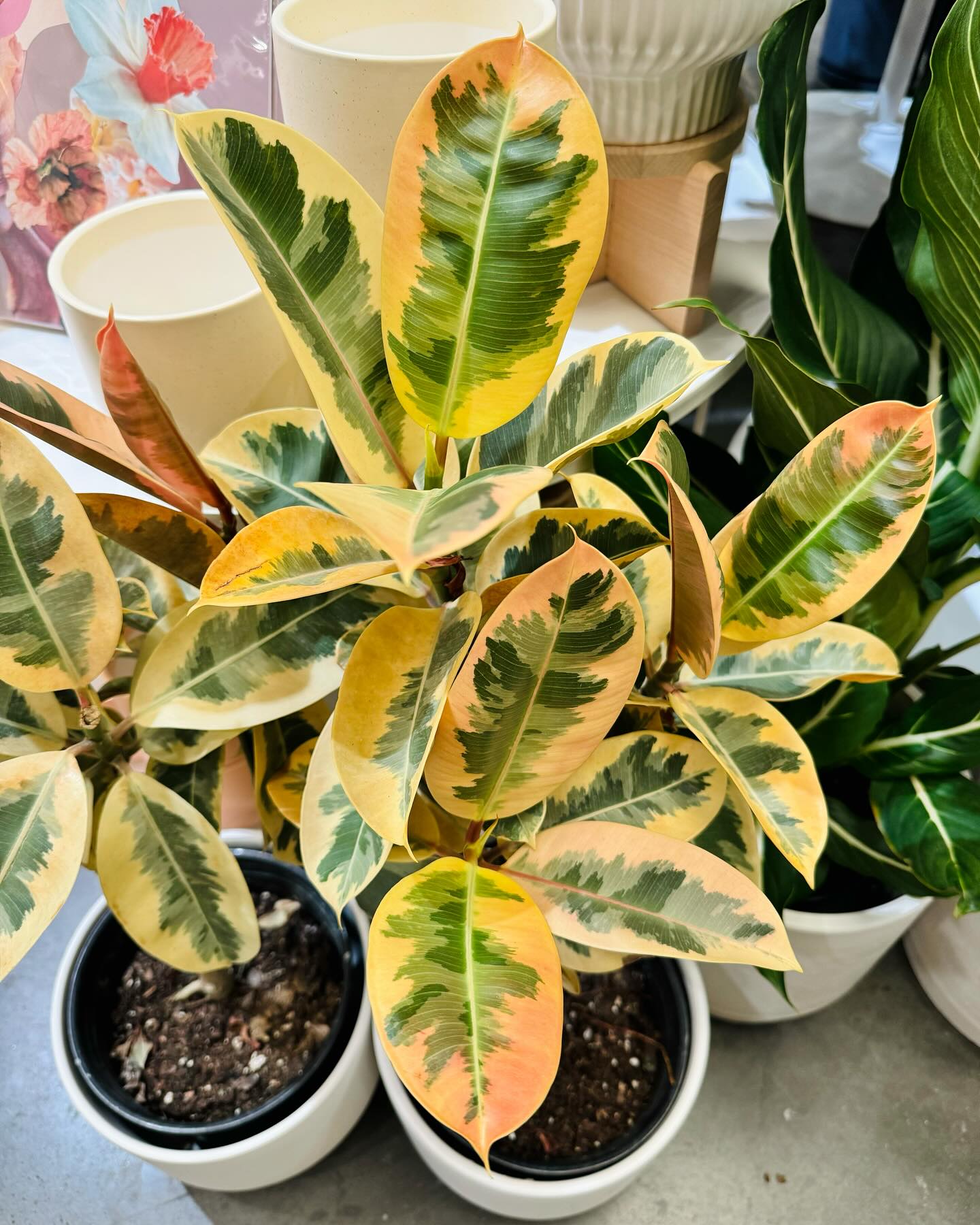
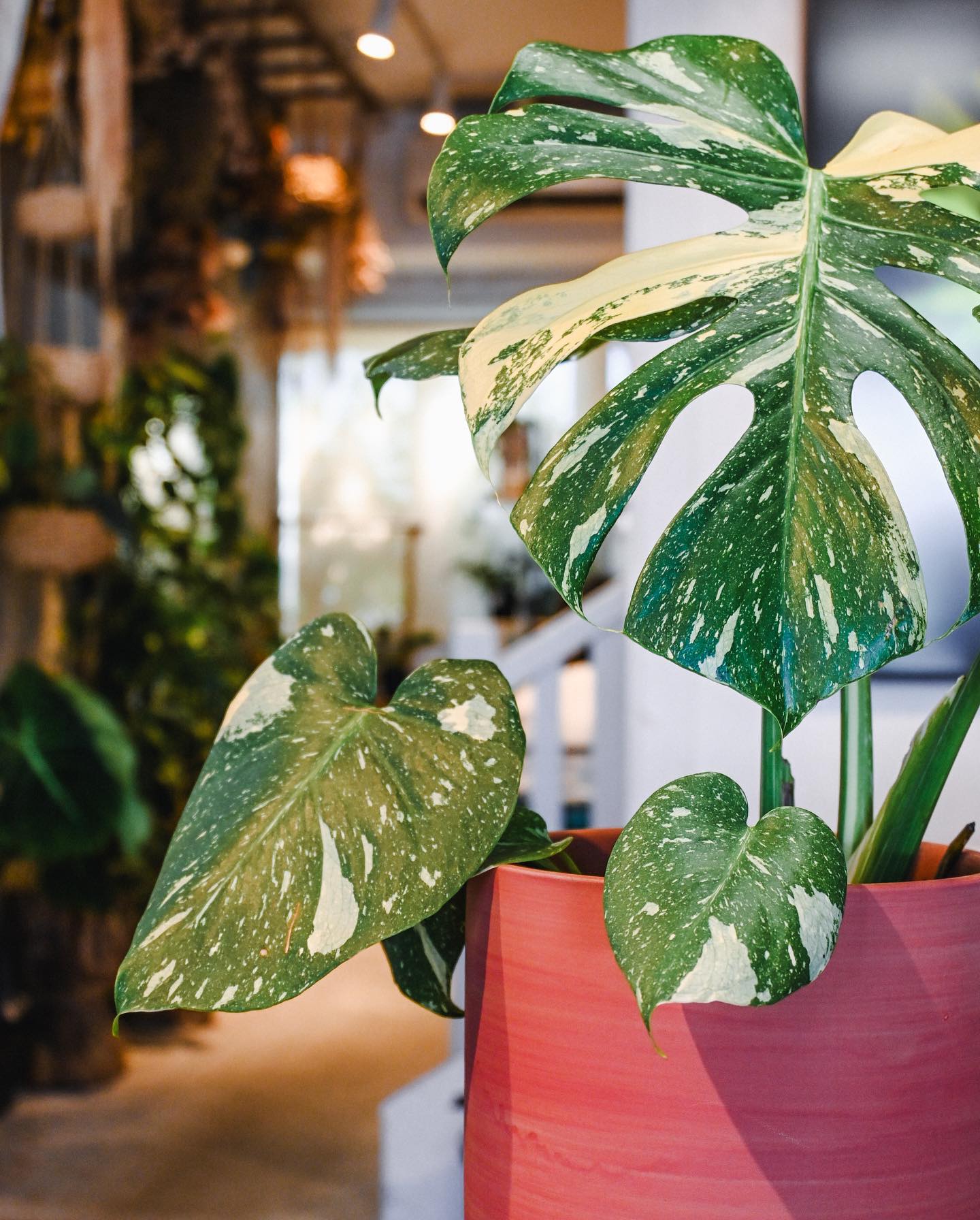
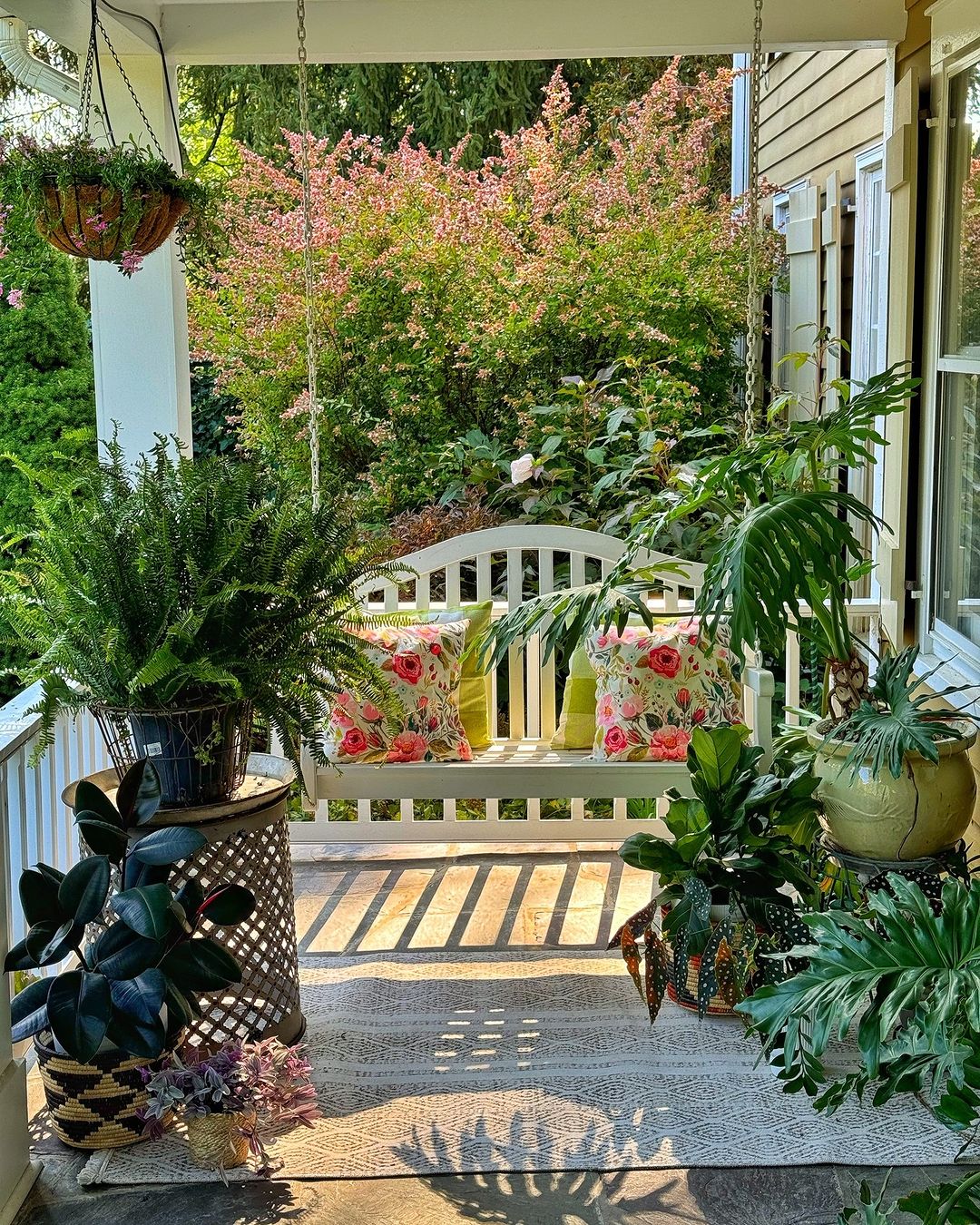
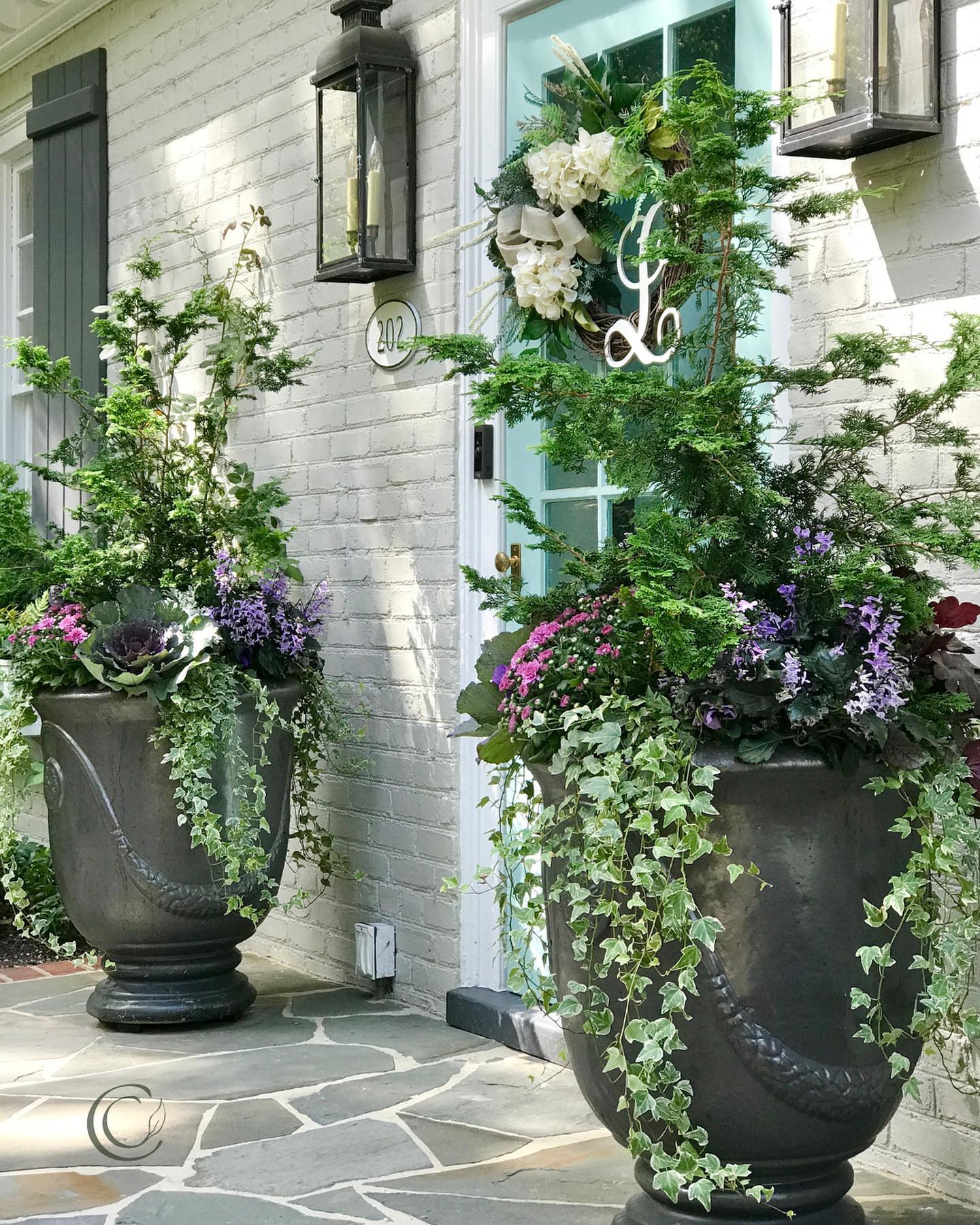
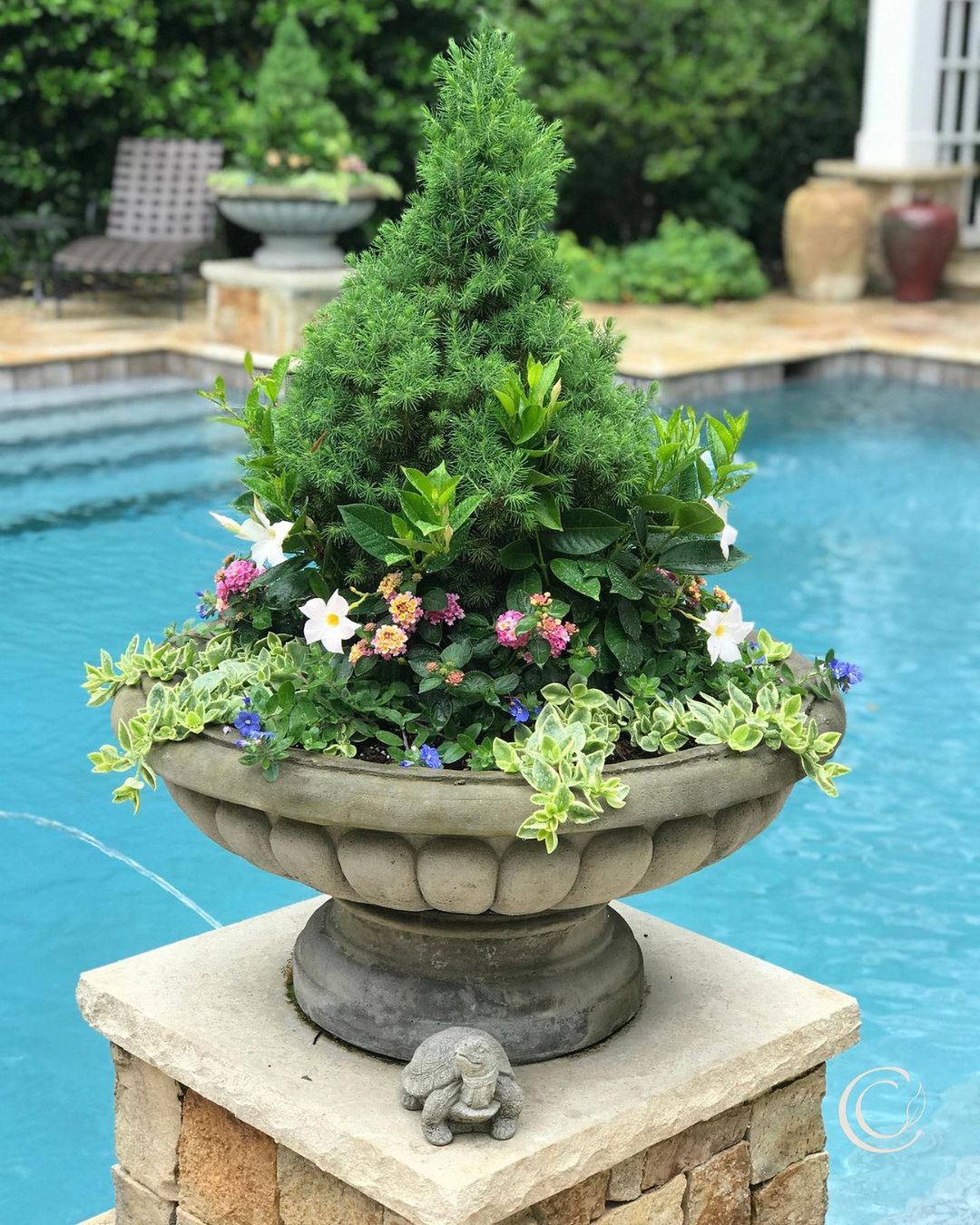
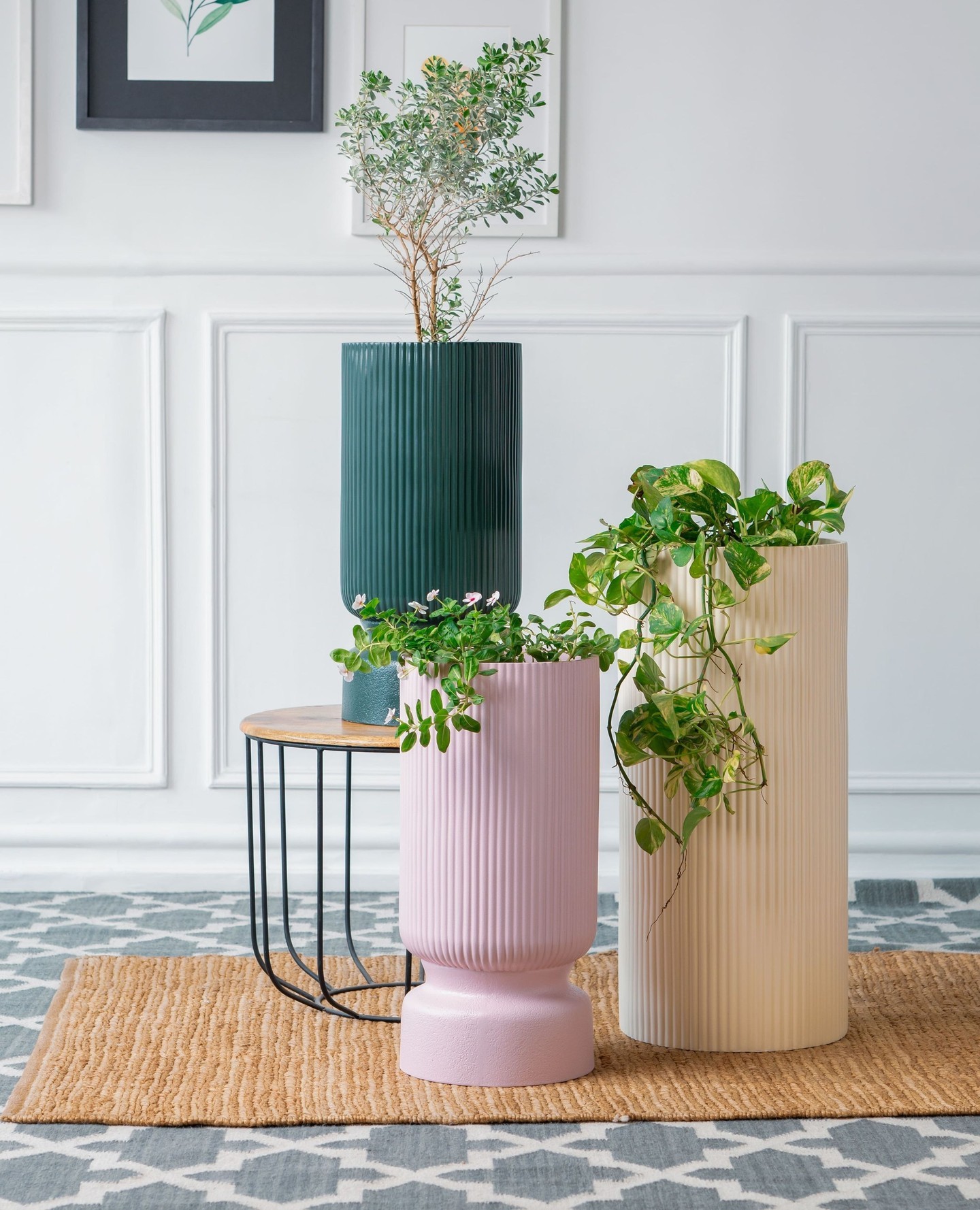
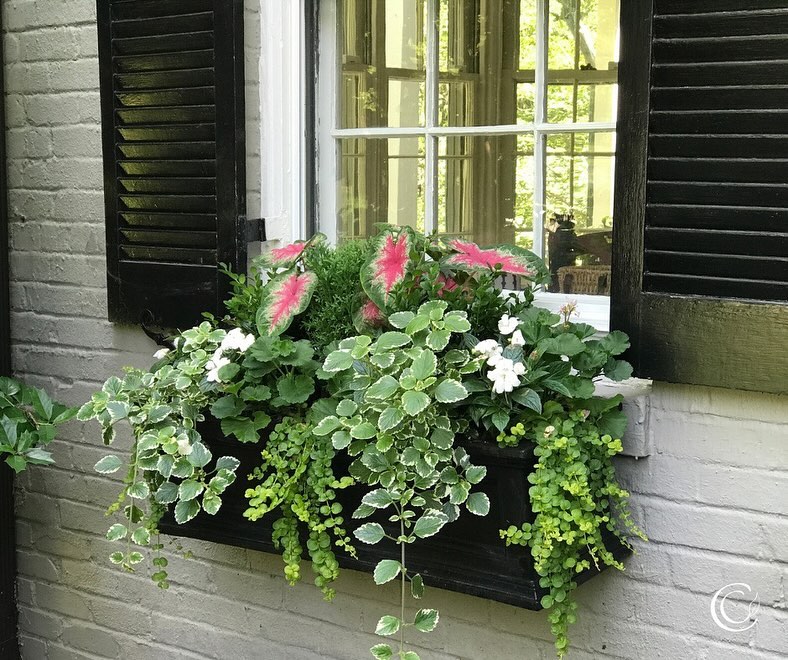

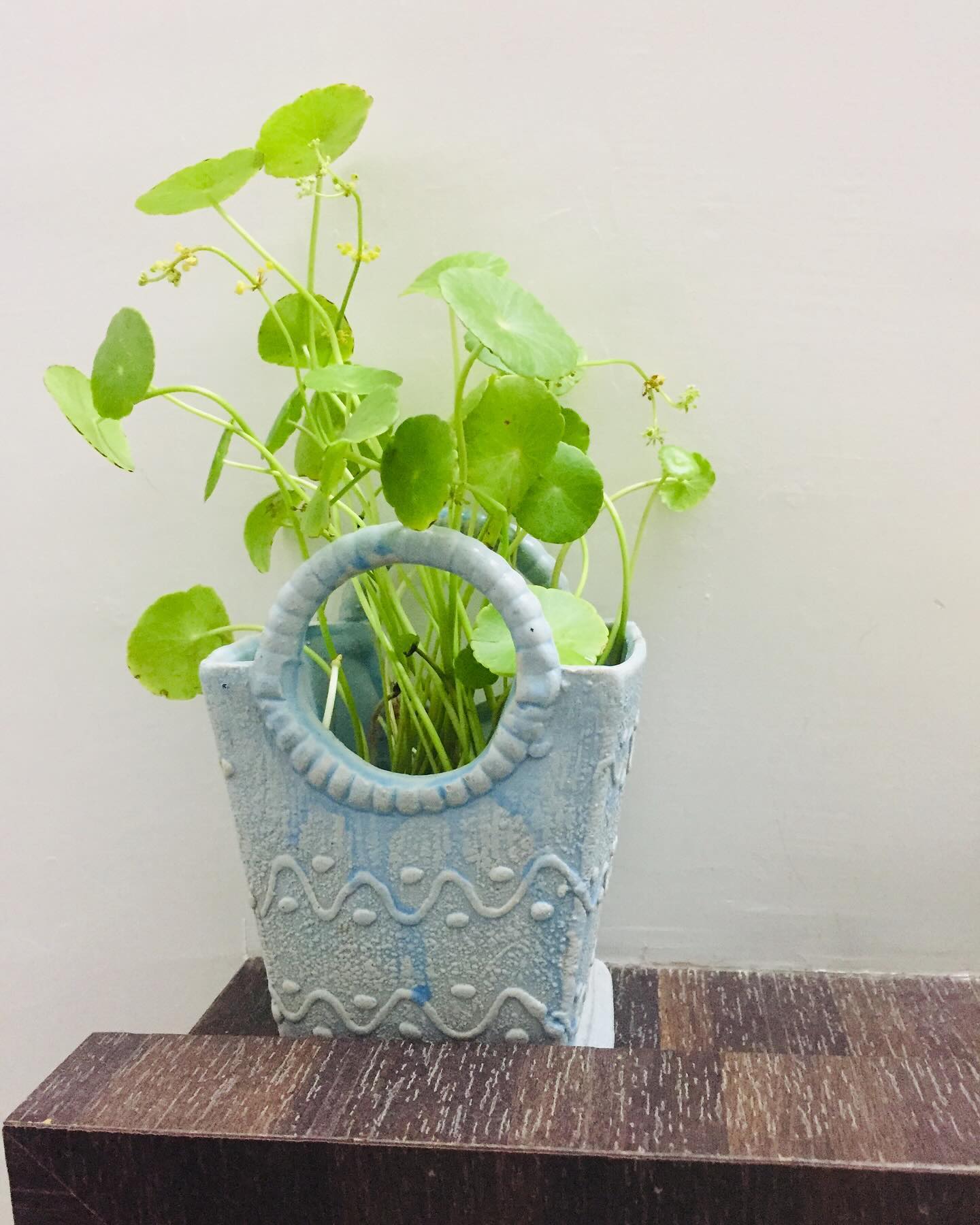
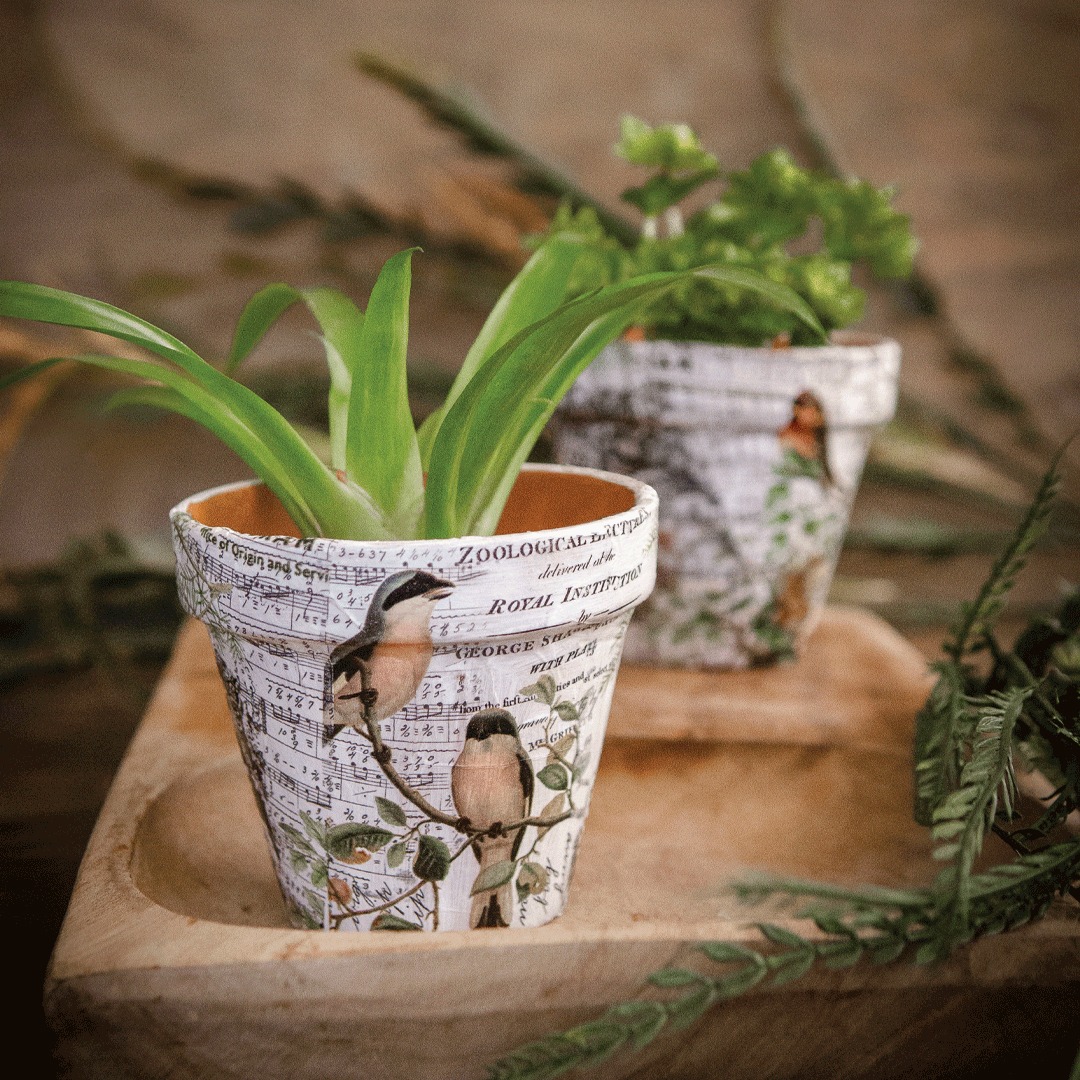
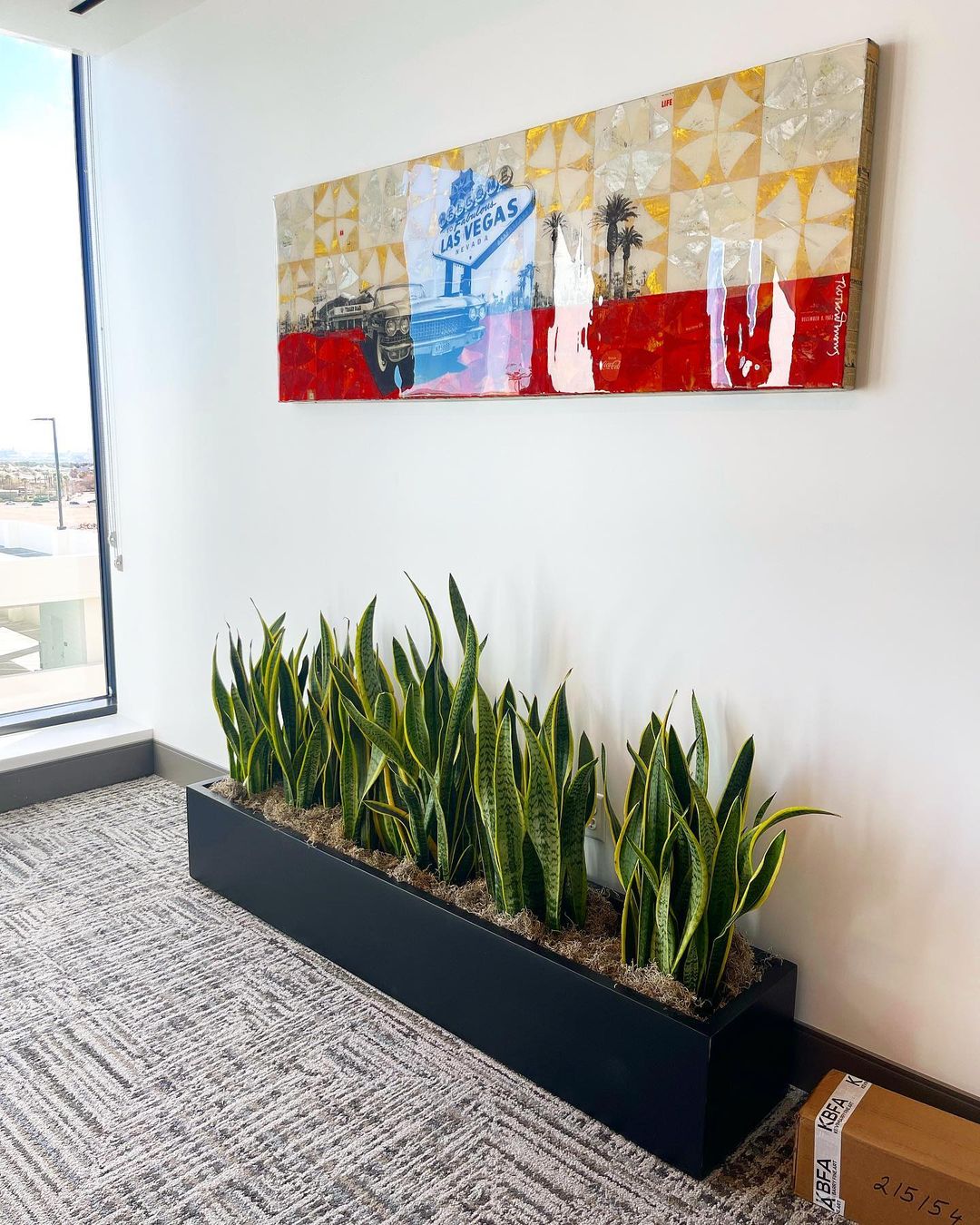
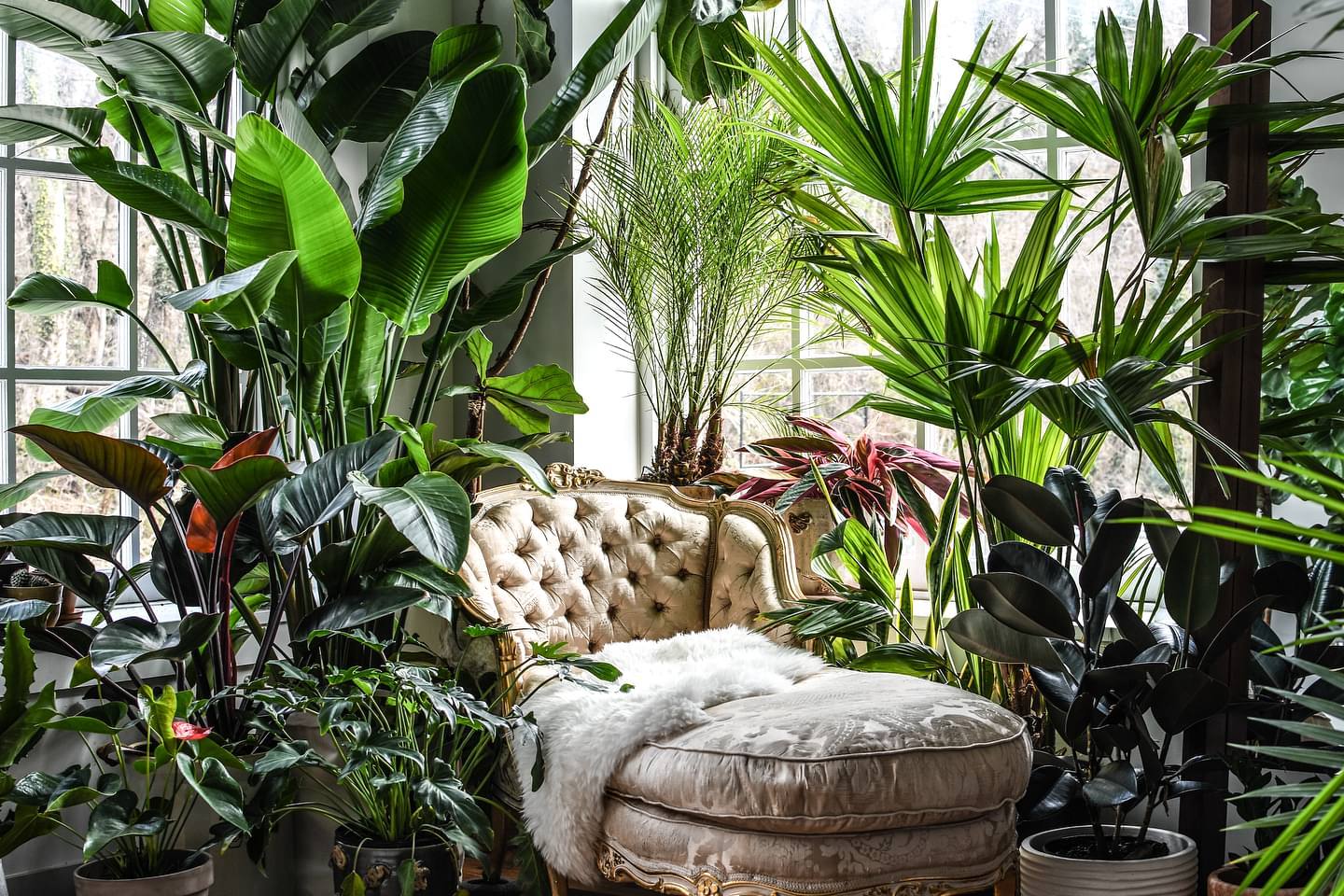
Comments